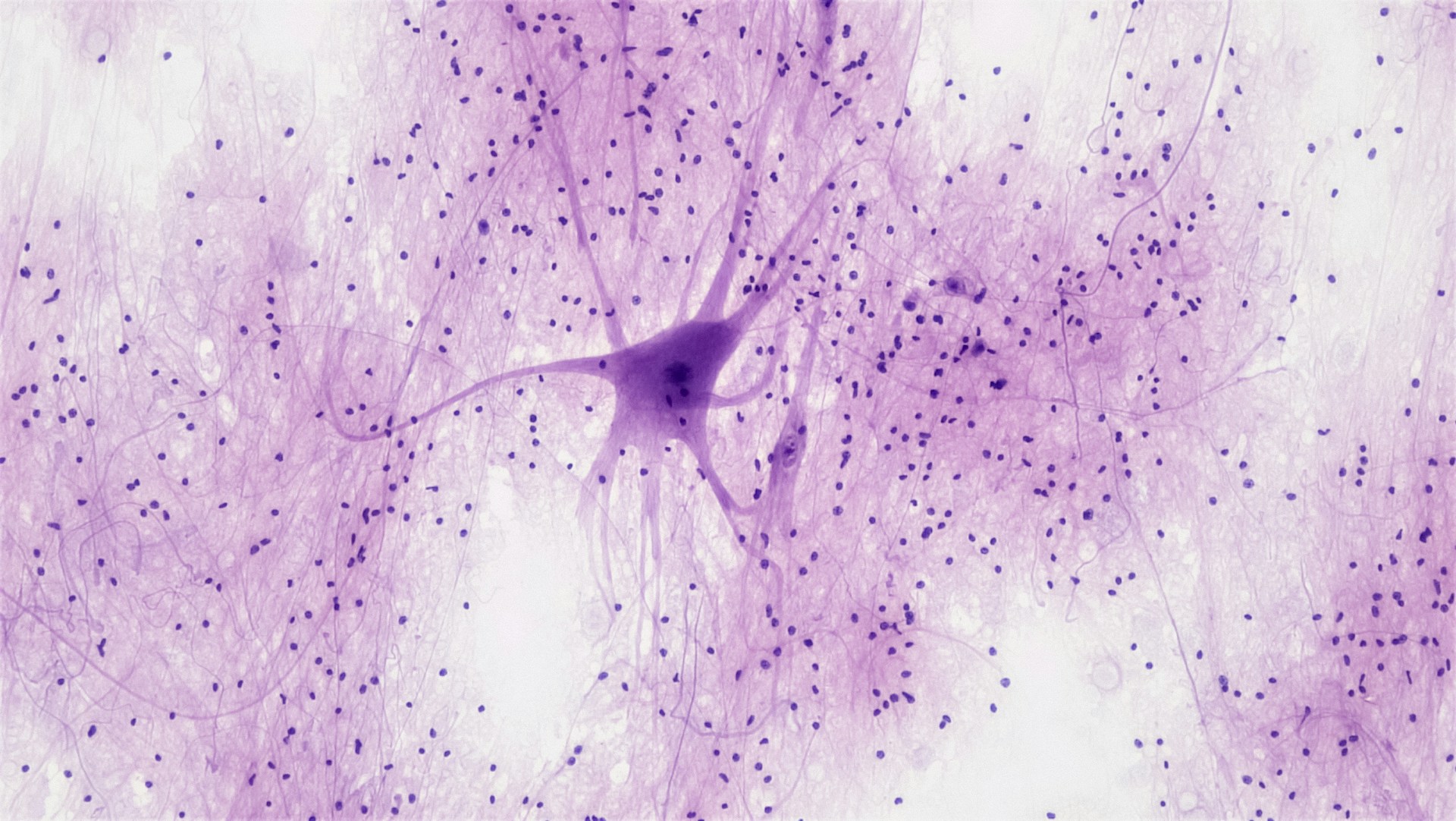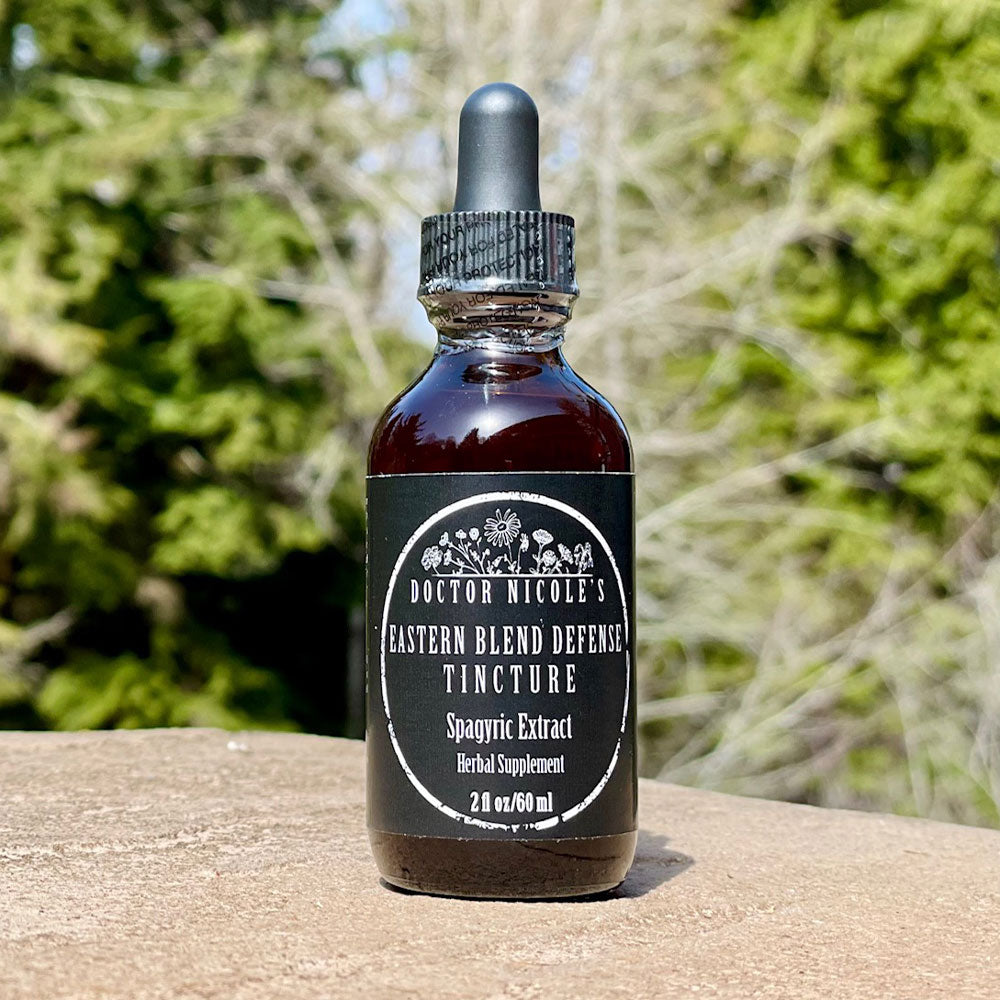New Research Links Virus to Major Neurological Changes
Over the years, the cause of Parkinson’s disease has been somewhat of a mystery for researchers and physicians alike. While many hypotheses of why it develops have been explored, a definitive consensus hasn’t yet been reached. Scientists suspect a range of genetic, environmental, and pharmaceutical aspects may be at the root of the disease, but it’s largely considered idiopathic, where a health condition has no known causes. This is why a new study published in July 2025 has created a stir in scientific circles when scientists discovered a common virus was found in Parkinson’s patients’ brains at high frequency — and not in the control group. What’s more, the virus appears to trigger advanced neuropathological changes, including increased tau pathology, altered levels of certain brain proteins, and differing immune response. Considering Parkinson’s impacts over one million Americans, with approximately 90,000 new cases diagnosed every year, the results of this research are a positive step in understanding — and treating — the disease.

A Breakthrough Discovery
Published in the medical journal JCI Insight, researchers from Northwestern Medicine set out to investigate potential environmental factors such as viruses that may contribute to the development of Parkinson’s.1,2 Using a tool called “ViroFind”, the team analyzed post-mortem brain samples from those with Parkinson’s and individuals who died from other causes. They searched for all known human-infecting viruses in both groups.
The scientists were surprised to find Human Pegivirus (HPgV) in the brains of those with Parkinson’s — but not in those without the disease. HPgV is in the same family as hepatitis C and also a blood-borne virus, but up until now, it was not known to cause any disease.
HPgV is a common, symptomless infection previously not known to frequently infect the brain. “We were surprised to find it in the brains of Parkinson’s patients at such high frequency and not in the controls, “ said Igor Koralnik, MD, chief of Neuroinfectious Diseases and Global Neurology in the Department of Neurology. “Even more unexpected was how the immune system responded differently, depending on a person’s genetics. This suggests it could be an environmental factor that interacts with the body in ways we didn’t realize before. For a virus that was thought to be harmless, these findings suggest it may have important effects in the context of Parkinson’s disease. It may influence how Parkinson’s develops, especially in people with certain genetic backgrounds.”
The team investigated post-mortem brains from 10 people with the disease and 14 without. The virus was found in five of the ten people with Parkinson’s and none of the fourteen control brain samples. It was also discovered in the spinal fluid of those with the disease, but not in the control group.
Next, the researchers analyzed blood samples from over 1,000 participants in the Parkinson’s Progression Markers Initiative. Here too they found similar immune-related changes that mirrored those taking place in the brain. Koralnik adds, “People who had the virus showed different signals from the immune system than those who didn’t, and this pattern was the same, no matter the genetics. But as we followed each person over time, we saw a more complicated picture.”
The team also found that patients with the Parkinson’s-related gene mutation LRRK2 had a different immune response to the virus compared to Parkinson’s patients who did not have the mutation, prompting future investigations of whether this gene mutation causes a response only to HPgV or to other viral infections.
One big question still on the table is how often the virus actually enters the brain — in people with or without Parkinson’s. The researchers will also be exploring how viruses and genes interact, a connection that could reveal how Parkinson’s begins and pave the way for future therapies as well.
Natural Viral Defense
If you are seeking an all-natural defense against viral infections and would like to support a robust immune response, our Eastern Blend is an outstanding option. It contains powerful concentrations of Chinese Skullcap, Japanese Honeysuckle, Japanese Knotweed, and Cordyceps medicinal mushroom.
Chinese skullcap helps calm inflammation, ease anxiety, and promote restful sleep — while also offering strong antiviral support. Japanese honeysuckle adds potent immune-modulating properties, helping fight infections and boosting natural killer cell activity. Japanese knotweed contains trans-resveratrol — a powerhouse antioxidant that is antibacterial and antiviral. Lastly, cordyceps helps to protect the lungs, combats fatigue and inflammation, and enhances resiliency against stress and contagious illness. Together, these concentrated herbal extracts create a synergistic formula rooted in herbal wisdom that’s backed by modern science.3,4,5,6
MY GO-TO FOR PREVENTING “YOU-KNOW-WHAT”
“Best antiviral I have found for today’s times. My entire family has been using this. Those of us who use it preventatively haven’t gotten sick (!) and those who got sick got well SOON. We all pair it with Nicole’s Bronchial Blend. I also take her Mushroom FOURtress Bundle daily – for health, autoimmune issues, and as another antiviral. This is a hidden gem and we even got this for all of our employees to keep them healthy. Thank you!” -Tracy
Stop by my apothecary and experience the health-protecting power of this specialized blend today!
Nicole Apelian
Nicole’s Apothecary Products in this Post
References
- Hanson, Barbara A et al. “Human pegivirus alters brain and blood immune and transcriptomic profiles of patients with Parkinson’s disease.” JCI insight vol. 10,13 e189988. 8 Jul. 2025, https://insight.jci.org/articles/view/189988
- “Scientists Discover a Possible Environmental Trigger for Parkinson’s Disease” by Mark Rudi, Northwestern University News Center, July 17, 2025. https://news.feinberg.northwestern.edu/2025/07/17/scientists-discover-a-possible-environmental-trigger-for-parkinsons-disease/
- Zhou, Xiaonan et al. “Immunomodulatory activity of a novel polysaccharide from Lonicera japonica in immunosuppressed mice induced by cyclophosphamide.” PloS one vol. 13,10 e0204152. 8 Oct. 2018, doi:10.1371/journal.pone.0204152
- Fuzimoto, Andréa D, and Ciro Isidoro. “The antiviral and coronavirus-host protein pathways inhibiting properties of herbs and natural compounds – Additional weapons in the fight against the COVID-19 pandemic?.” Journal of traditional and complementary medicine vol. 10,4 405-419. 30 May. 2020, doi:10.1016/j.jtcme.2020.05.003
- Lin, Chao-Jen & Lin, Hui-Ju & Chen, Ter-Hsin & Hsu, Yu-An & Liu, Chin-San & Hwang, Guang Yuh & Wan, Lei. (2015). Polygonum cuspidatum and Its Active Components Inhibit Replication of the Influenza Virus through Toll-Like Receptor 9-Induced Interferon Beta Expression. PLoS ONE. 10. e0117602. 10.1371/journal.pone.0117602.
- Feng, Jie et al. “Evaluation of Natural and Botanical Medicines for Activity Against Growing and Non-growing Forms of B. burgdorferi.” Frontiers in medicine vol. 7 6. 21 Feb. 2020, doi:10.3389/fmed.2020.00006









